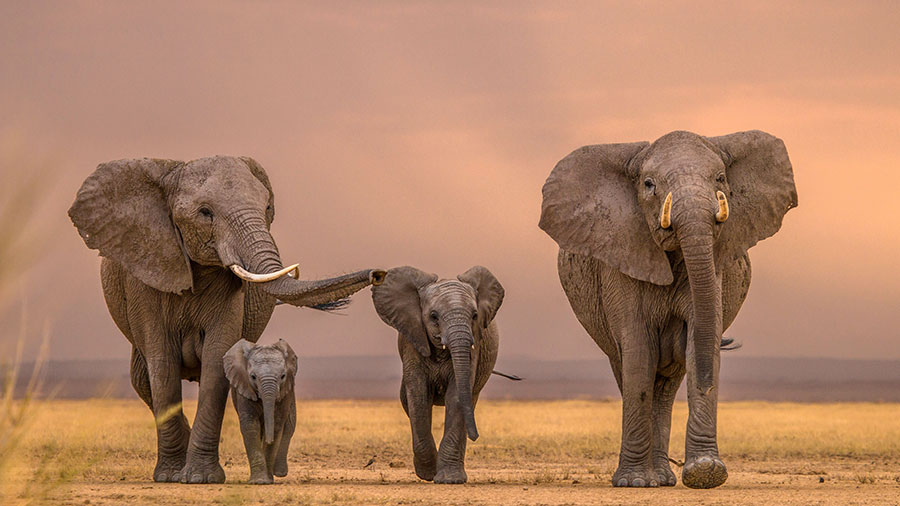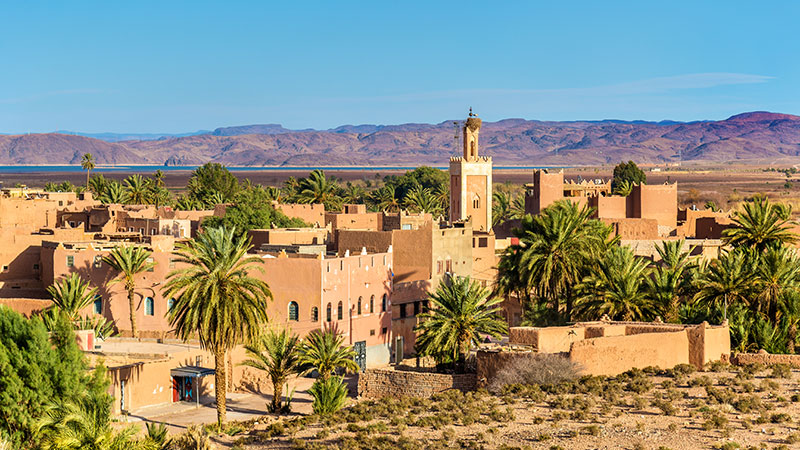Today is World Elephant Day. Held on 12th August, it is an annual event designed to create awareness of the urgent plight of African and Asian elephants, and to share knowledge and positive solutions for the better care and management of captive and wild elephants.
First conceived in 2011, it is now supported by more than 65 global wildlife organisations.
In partnership with the TreadRight Foundation and Wildlife SOS organisations, travel company Adventure World has collated important tips on what to watch out for and what to avoid, ensuring your elephant experience is rewarding for both you and the elephants.
I admit that a few years ago I chose to go on an elephant ride while on holiday in Thailand, however it’s not something I would do again. It’s not because I went with a dodgy operator – it was an internationally regarded elephant sanctuary and the most ethical I could find – but because I’ve since researched and now feel it would be better to look but not touch.
Many travellers forget that elephants are wild animals and would never let you near them in the wild, let alone allow you to climb on top of them or perform tricks.
In order to train an elephant to do these unnatural acts, they have to be broken. This means they’ve been beaten and starved for months on end until their spirit is crushed. Once broken into submission, they will perform out of fear of being tortured again.
It’s important to remember, elephants are never willing participants in their captivity.
There are several tell-tale signs responsible travellers can look for on an elephant that indicate abuse, such as:
- Are the elephant’s ribs protruding?
- Do you see scars or tears in its ears, results of beatings with bullhooks?
- Are its footpads swollen, does it have overgrown and cracked toenails?
- Are there visible wounds on its legs, head, body and tail?
- Is the elephant swaying or bobbing its head?
There are also clear indications of abuse that responsible travellers can be on the lookout for within the elephant’s environment:
- Is the elephant standing in its own filth?
- Is it on concrete flooring or walking on paved roads?
- Is there water freely available?
- Are there heavy chains around?
- Is the elephant alone, and deprived of social company?
- Do you see any sharp tools, like bullhooks or spears?
If any of the physical or environmental evidence of abuse are present at an elephant attraction, then it’s best to avoid supporting it in any way.
Responsible travellers should:
- Never ride an elephant
- Never paint an elephant
- Never watch elephants perform
Education is the best tool we have to raise awareness of the plight of elephants in captivity around the world.
If you’re considering going on an elephant ride, please reconsider.


















